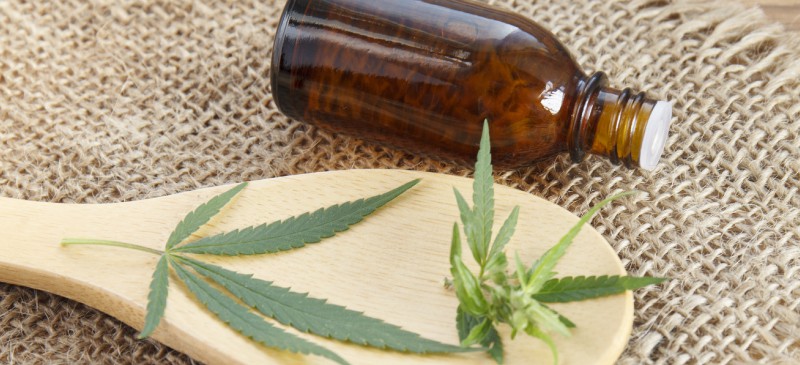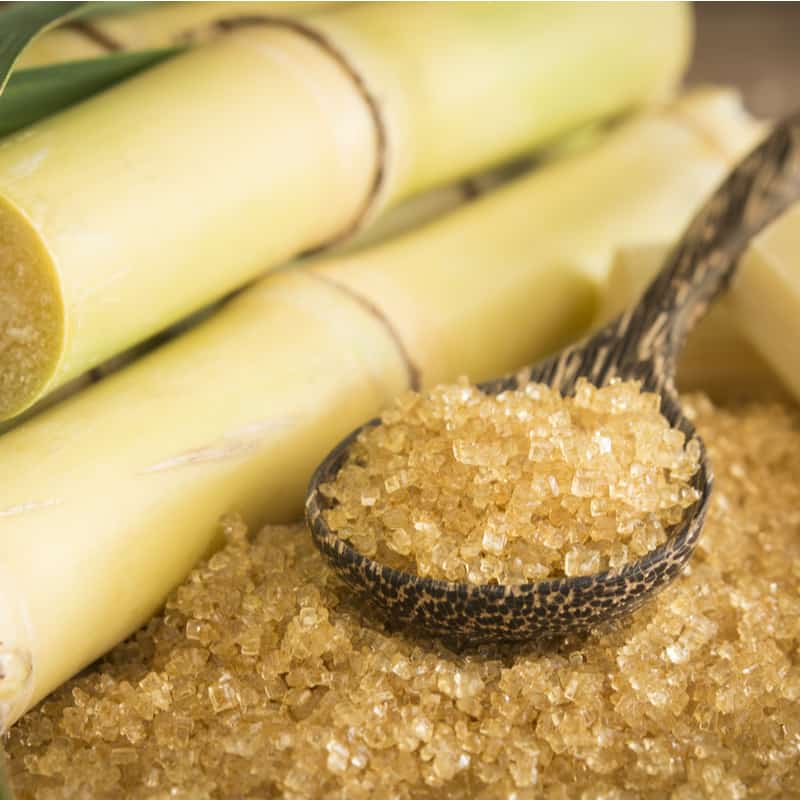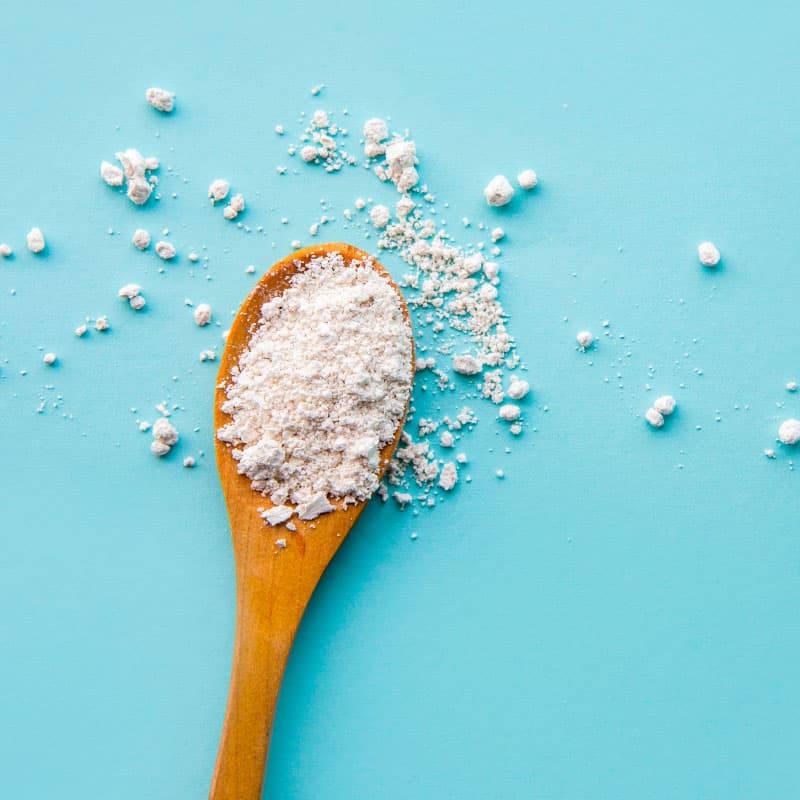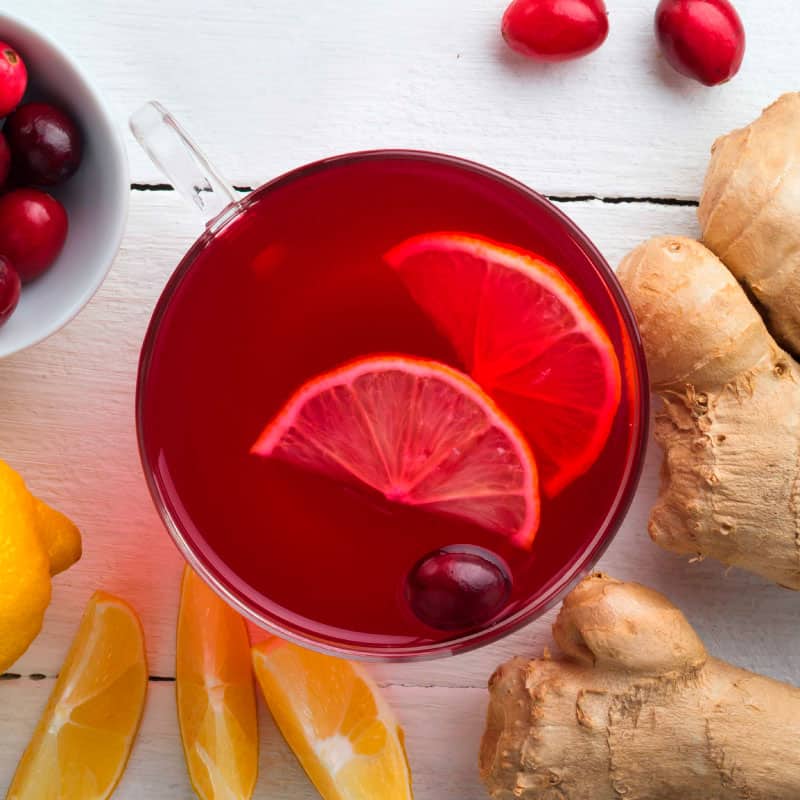This Dr. Axe content is medically reviewed or fact checked to ensure factually accurate information.
With strict editorial sourcing guidelines, we only link to academic research institutions, reputable media sites and, when research is available, medically peer-reviewed studies. Note that the numbers in parentheses (1, 2, etc.) are clickable links to these studies.
The information in our articles is NOT intended to replace a one-on-one relationship with a qualified health care professional and is not intended as medical advice.
This article is based on scientific evidence, written by experts and fact checked by our trained editorial staff. Note that the numbers in parentheses (1, 2, etc.) are clickable links to medically peer-reviewed studies.
Our team includes licensed nutritionists and dietitians, certified health education specialists, as well as certified strength and conditioning specialists, personal trainers and corrective exercise specialists. Our team aims to be not only thorough with its research, but also objective and unbiased.
The information in our articles is NOT intended to replace a one-on-one relationship with a qualified health care professional and is not intended as medical advice.
10 Herbs and Superfoods That Are “Cannabimimetic”
November 15, 2018

This content is for informational and educational purposes only. It is not intended to provide medical advice or to take the place of medical advice or treatment from a personal physician. All viewers of this content are advised to consult their doctors or qualified health professionals regarding specific health questions. Neither Dr. Axe nor the publisher of this content takes responsibility for possible health consequences of any person or persons reading or following the information in this educational content. All viewers of this content, especially those taking prescription or over-the-counter medications, should consult their physicians before beginning any nutrition, supplement or lifestyle program.
It’s a hot topic in the news: controversial cannabis oil. We know that cannabinoids, the compounds found in cannabis, are what many are interested in.
That’s why more and more research is both needed and is being conducted on CBD oil benefits — exploring the properties of another class of ingredients found in cannabis called cannabinoids. Some researchers are finding that cannabinoids act as ligands that bind to proteins and modulate receptors in the brain and throughout the body.
But did you know that there are several common plants that actually mimic the biological activity of cannabinoids? These plants contain compounds that are “cannabimimetic,” which means that even though they don’t share the same biological structure as cannabinoids, they have similar effects on the body.
These herbs and superfoods that mimic cannabinoids are of increasing importance among researchers who study cannabis. They work by influencing our endocannabinoid system (ECS) — a biological system that’s made up of neurotransmitters that bind to cannabinoid receptors in the brain and other areas of the central and peripheral nervous systems.
Cannabinoids and the Endocannabinoid System
Overall, the endocannabinoid system plays a role in many cognitive and physiological processes, and is responsible for maintaining homeostasis, or a stable, well-functioning internal environment.
It wasn’t until scientists started studying effects of cannabis that they discovered this biochemical communication system in the human body. And now it’s thought to be one of the most important physiological systems involved in maintaining our health. This incredible system is made up of endocannabinoid receptors that respond to cannabinoid compounds, which can be found in cannabis and a number of other plants.
Endocannabinoid receptors are found throughout our bodies — in our brains, immune cells, connective tissues, glands and organs.
It’s these cannabinoid receptors, which are found in all vertebrate species, that allow for a variety of physiological processes to take place within the body. So far, researchers have identified two types of cannabinoid receptors — CB1 receptors, which are present in our connective tissues, glands, organs, gonads and nervous system, and CB2 receptors, which are found in the immune system. And although thousands of studies have been conducted on the role of cannabinoids in the body, scientists believe that we are just beginning to scratch the surface.
It was once believed that only THC and a few other phytocannabinoids affected these receptors, but we are now learning that other plants and foods can affect them as well. Cannabimimetics, the compounds that mimic cannabinoids, are also able to bind to cannabinoid receptors and affect the endocannabinoid system.
10 Herbs and Superfoods that Mimic Cannabinoids
1. Essential Oils of Rosemary, Black Pepper, Ylang Ylang, Lavender, Cinnamon and Cloves
Terpenes, the aroma molecules found in essential oils, engage CB2, the cannabinoid receptor that’s found predominantly in the immune system. Black pepper, lavender, clove, rosemary and cinnamon essential oils contain a sesquiterpenoid that’s called beta-caryophyllene (βCP).
In vivo studies show that βCP selectively binds to the CB2 receptor and that it’s a functional CB2 agonist, meaning that it initiates a physiological response. βCP is a major component in cannabis and a common constituent found in essential oils of numerous spice and plant foods. Therefore, essential oils containing βCP have natural cannabimimetic effects.
2. Echinacea
Echinacea is a coneflower that’s well known, and that is commonly used. Echinacea features fatty acid compounds called N-acylethanolamines, which are known to bind to and activate cannabinoid receptors. When engaging with CB2 receptors, these compounds in echinacea can directly affect the body.
3. Truffles
Recent research shows that truffles, specifically black truffle, or Tuber melanosporum, contain anandamide and the major metabolic enzymes of the endocannabinoid system. Anandamide is a compound that might play a role in the truffle’s maturation process and its interaction with the environment.
Some studies indicate that anandamide is well-equipped with endocannabinoid-binding receptors and releases chemicals that have a similar biological mechanism as THC. That’s why some scientists are even calling anandamide a “bliss molecule.”
4. Cacao
Like black truffles, cacao nibs contain anandamide, an endocannabinoid that’s produced in the brain and is known as the bliss neurotransmitter. Cacao also works to naturally function to deactivate fatty acid amide hydrolase (FAAH), which is an enzyme that’s part of the endocannabinoid system and breaks down anandamide.
5. Helichrysum
Helichrysum italicum is a plant that’s known for its amazing properties. The plant has been used for thousands of years and today, it is often used as well.
Helichrysum is a major producer of compounds that mimic cannabigerol (CBG) and cannabigerol acid (CBGa). These particular compounds are known to be one of the most structurally diversified types of phytocannabinoids that are found in the cannabis plant. More research is needed to determine exactly how these non-cannabis CBG compounds work within the body, but researchers believe that it begins from the plant’s aromatic acid.
6. Omega-3 Fats
You’ve probably heard about the many omega-3 benefits before, but researchers are discovering that some of these benefits come from the body’s ability to convert omega-3 foods into endocannabinoids.
A recent study found that cannabinoids are produced naturally in the body from omega-3 fatty acids. When scientists analyzed animal tissue, they discovered an enzymatic pathway that converts omega-3-derived endocannabinoids into molecules that bind to receptors in the immune system.
7. Kava
Kava root has been used for centuries for its benefits. Today, kava is used as well. Kava contains compounds that are called kavalactones, and one in particular, yangonin, is able to interact directly with CB1 receptors. Scientists believe that these specific compounds that are able to interact with proteins of the endocannabinoid system, offering beneficial effects.
8. Maca
Maca root is a type of cruciferous vegetable that’s available in powder form. It’s considered an adaptogen, and it has been used as a superfood in regions of the Andes Mountains for thousands of years.
Some research suggests that maca root contains compounds called N-alkylamides (NAAs) that mimic the biological actions of cannabinoids. These compounds found in maca are said to have an effect on various protein targets in the endocannabinoid system.
9. Copaiba
Copaiba oil resin, or Copaifera reticulata, has been used traditionally to support health. Some research shows that 40–57 percent of copaiba oil is made up of β-caryophyllene, a cannabinoid that binds to certain receptors.
10. Holy Basil
Holy basil, also known as tulsi, is a plant that’s used for a number of purposes. Like capaiba oil and many other essential oils, like black pepper, lavender and clove, holy basil contains β-caryophyllene, a compound that mimics those of cannabis.
Some researchers believe that compounds in holy basil work as peroxisome proliferator-activated receptor (PPAR) agonists, or activators. In this way, cannabis and holy basil work similarly.
Risks and Side Effects
Any time you are adding a new herbal product to your health regime, it’s best to check with your healthcare professional to be sure that there aren’t any interactions with your prescribed medications, if you’re taking any.
The proper use of these herbs and superfoods will vary, depending on the product formula and brand. Make sure to read the label carefully, consult your healthcare professional and determine the appropriate amount for you. If you are experiencing any adverse side effects after using any of these herbs or superfoods, stop using it and consult your healthcare professional.
Final Thoughts
- Researchers are beginning to explore a number of plants and superfoods that contain compounds that are “cannabimimetic,” meaning that even though they don’t share the same biological structure as cannabinoids, they have similar effects on the body.
- These cannabimimetic plants and foods nourish the endocannabinoid system — a biological system that’s made up of neurotransmitters that bind to cannabinoid receptors in the brain and other areas of the central and peripheral nervous systems.
- By acting like cannabinoids and nourishing the endocannabinoid system, these plants and foods may be beneficial.
10 Herbs & Superfoods that Mimic Cannabinoids
- Essential oils of rosemary, black pepper, ylang ylang, lavender, cinnamon and cloves
- Echinacea
- Cacao
- Truffles
- Helichrysum
- Omega-3 fatty acids
- Kava
- Maca
- Copaiba
- Holy basil










